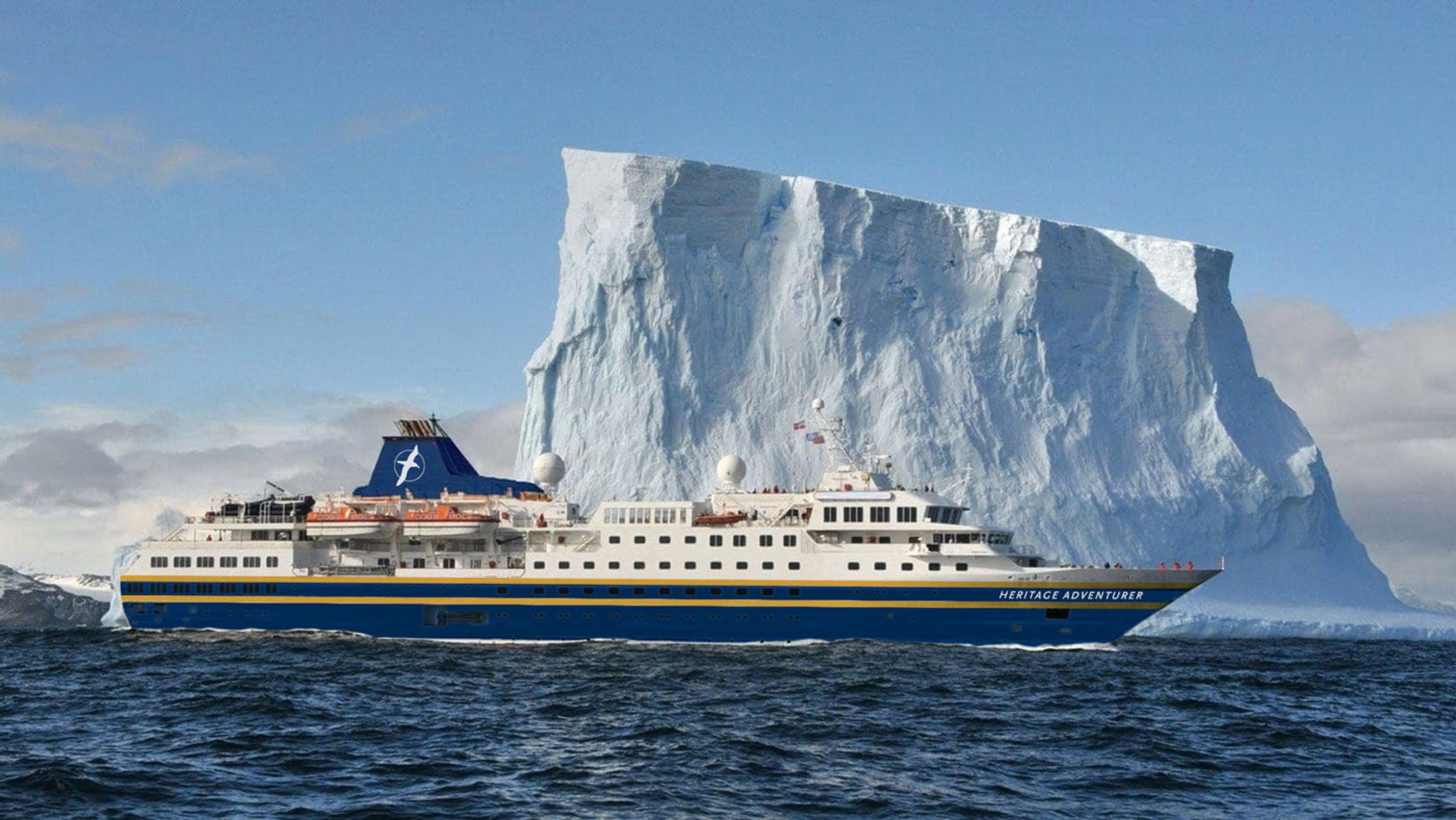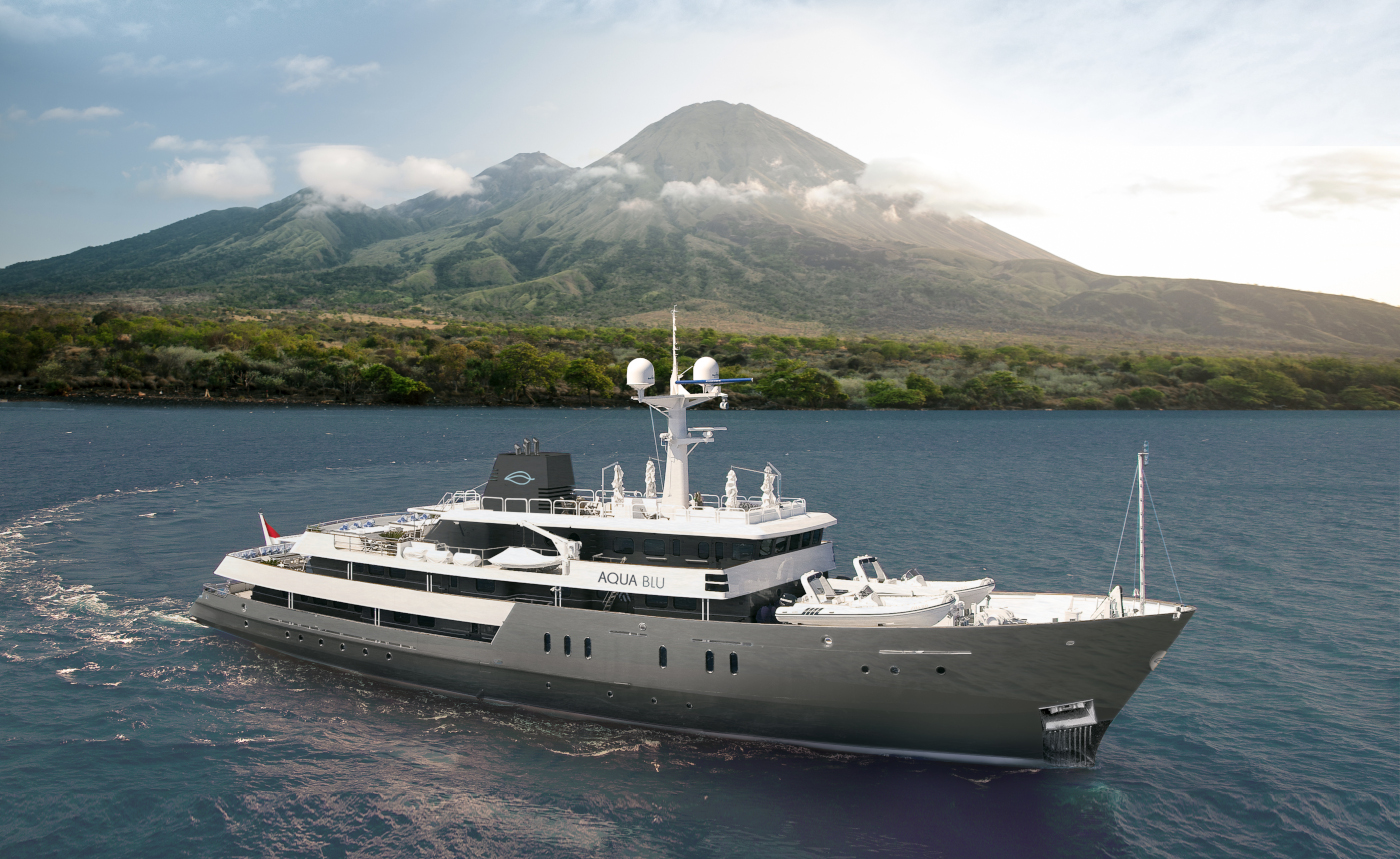Mick Fogg is one of the most experienced expedition leaders in Australia. He now works for the luxury, small-ship fleet of Ponant. In a three-part series, he shares his favourite destinations.
When I think of all the places I have been, all the things I have seen and all the people I have met, there are a few places that continually draw me back. So where would they be?
As much as I love the Arctic and Antarctic regions and all the wonders they have to offer, my favourite destinations are: The wildlife mecca of the Sub-Antarctic Islands, The grandeur and epic scale of Australia’s Kimberley Coast and the remote and untouched beauty of Eastern Indonesia.
Located to the South of Australia and New Zealand, nestled in the richest ocean of our planet lie a group of unique islands. Officially known as the Australian and New Zealand Sub Antarctic Islands, but colloquially referred to as “the Subs”, they offer a truly unique experience to the avid traveller.
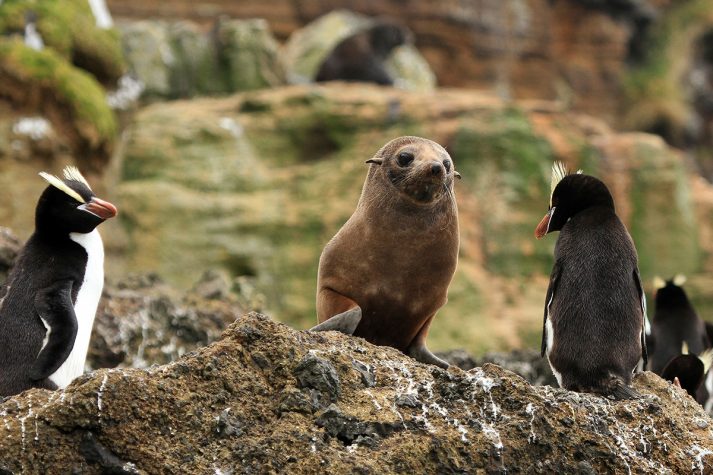
All of the islands are Nature Reserves and listed as World Heritage Sites, home to endemic flora and fauna on a scale like nowhere else. They are critically important as resting and breeding areas for thousands of marine mammals and millions of seabirds providing one of the last great wilderness experiences left on earth.
Many comparisons are made between these sub Antarctic Islands and those on the opposite side of the globe, The South Shetlands, South Orkneys and South Georgia. All are special places, but the Australian and New Zealand Sub Antarctic Islands are far more removed from the usual tourist trails and offer experiences that cannot be had anywhere else.
Imagine Islands where fewer people set foot than reach the top of Mount Everest every year. A voyage where you can encounter more species of penguins and Albatross than anywhere else on earth.
Visiting such challenging destinations requires the best equipment, dedication and experience. Ponant’s state of the art ships are the perfect vessels to explore these remote regions.
When the weather turns foul, it is comforting to know that you are sailing on the world’s youngest fleet with the latest technology in stabilisers. I’m still amazed when we sail through 10 meter plus seas that all our guests are able to sit comfortably in our dining room, laughing and enjoying their gourmet meal, with wine still being served by attentive waiters in long stemmed glasses. Technology is such an amazing thing and ship design and construction has advanced so much in recent years.
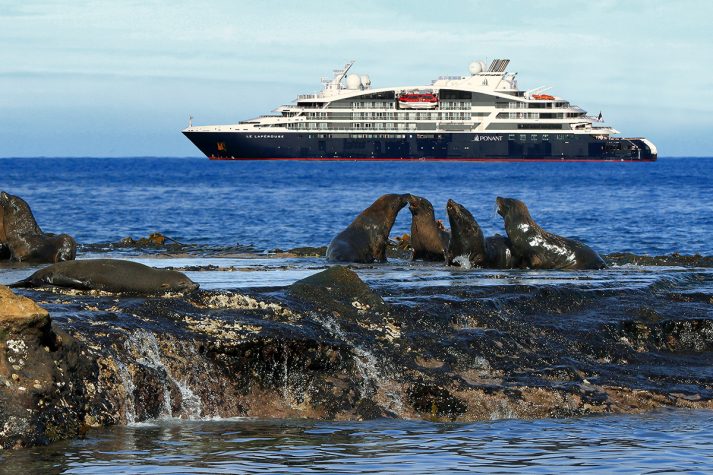
Each Island has its own unique landscape, flora and fauna. The Antipodes were named for their location, next to the antipodes of London, which is quite apt as it feels so far removed from human existence. The rugged beauty of the vertiginous cliffs creates a picturesque backdrop to a multitude of fur seals playing in the water or basking on the rocks between colonies of Rockhopper and Erect Crested penguins. Ponant’s fleet of zodiacs are the perfect way to experience the wildlife and scenery allowing guests to safely and comfortably navigate the inhospitable shores. As you approach, the wildlife becomes intrigued by your presence, they don’t shy away and almost appear to pose for that perfect photograph.
Enderby Island is home to one of the largest New Zealand Sea Lion Colonies. Here we head ashore and can view the constant jousting of the beachmasters as they test their dominance in the hope to increase the size of their harems. There’s also plenty of bird species as well, including the endangered yellow-eyed penguin, rockhopper penguin, endemic shag, teal and snipe.
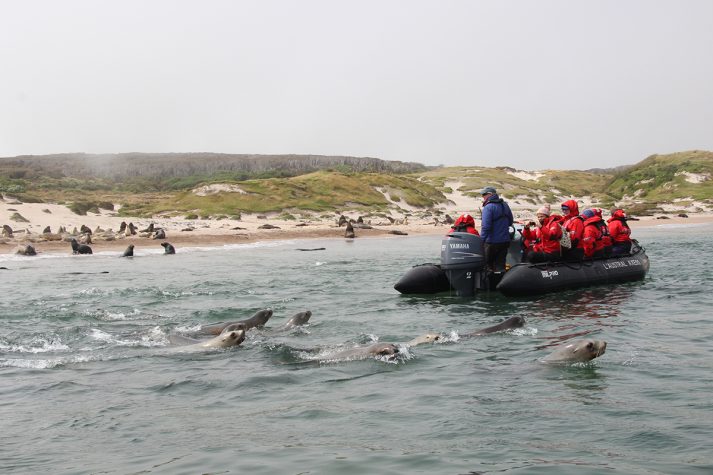
Campbell Island always surprises visitors, with its vista of megaherbs that form verdant rolling hills. The Col Lyell boardwalk provides a remarkable insight into the flora that calls these windswept latitudes home. The renowned botanist, Sir Joseph Hooker once described these megaherb fields as “a floral display second to none outside the tropics”. Whilst the megaherbs hold your gaze you can’t help but turn aloft as you hear the sounds of Southern Royal and Sooty albatross gliding so close overhead that you feel you could just reach out and touch them. Then, hidden amongst the tussock grass, nests a Southern Royal Albatross, whose massive size and three-meter wingspan can never really be fathomed until you’re standing almost five meters away, they are a truly magnificent creature.
The Jewel in the crown of the subs is Macquarie Island, squeezed like toothpaste from the ocean floor thousands of meters below. Its geological setting is unique in the world, and the primary reason for its world heritage status. I always feel for the geologists amongst our team of fourteen highly qualified and experience naturalists. There’s no doubt, that rocks are the foundations of life on earth, but it’s hard to get excited when those rocks are covered in hundreds of thousands of penguins, a multitude of jostling elephant seals, inquisitive fur seals and many other bird species. As you walk along Sandy Bay, trying to maintain a safe distance from the plethora of wildlife, you can’t help but think you’re part of a David Attenborough documentary.
Such is the uniqueness and charm of a small ship expedition to the subs. A truly unique destination, for travellers seeking somewhere remarkable, somewhere only a chosen few are lucky enough to experience.




